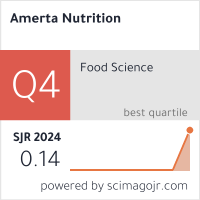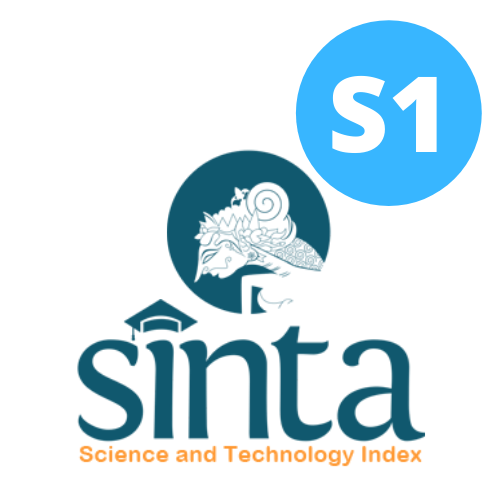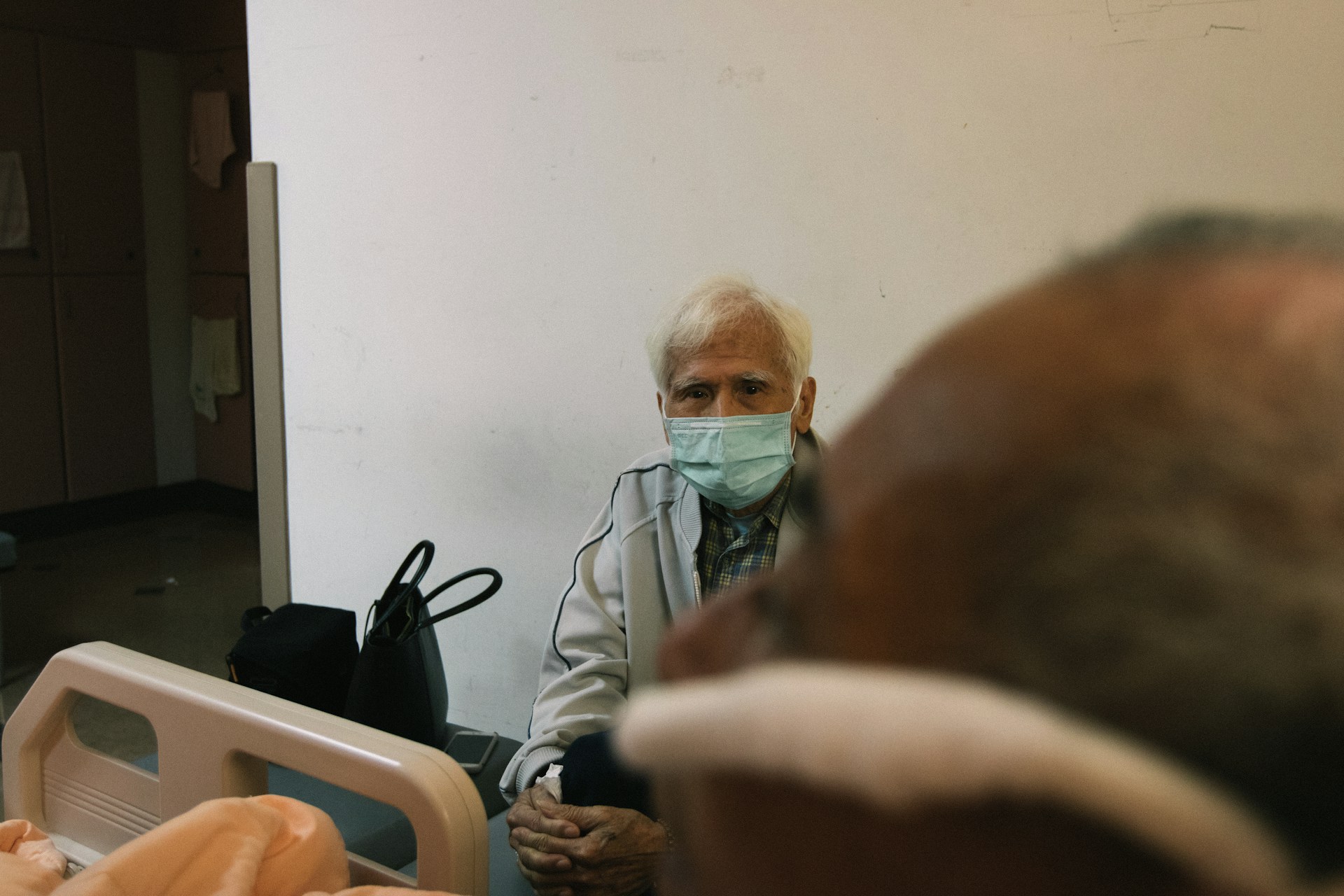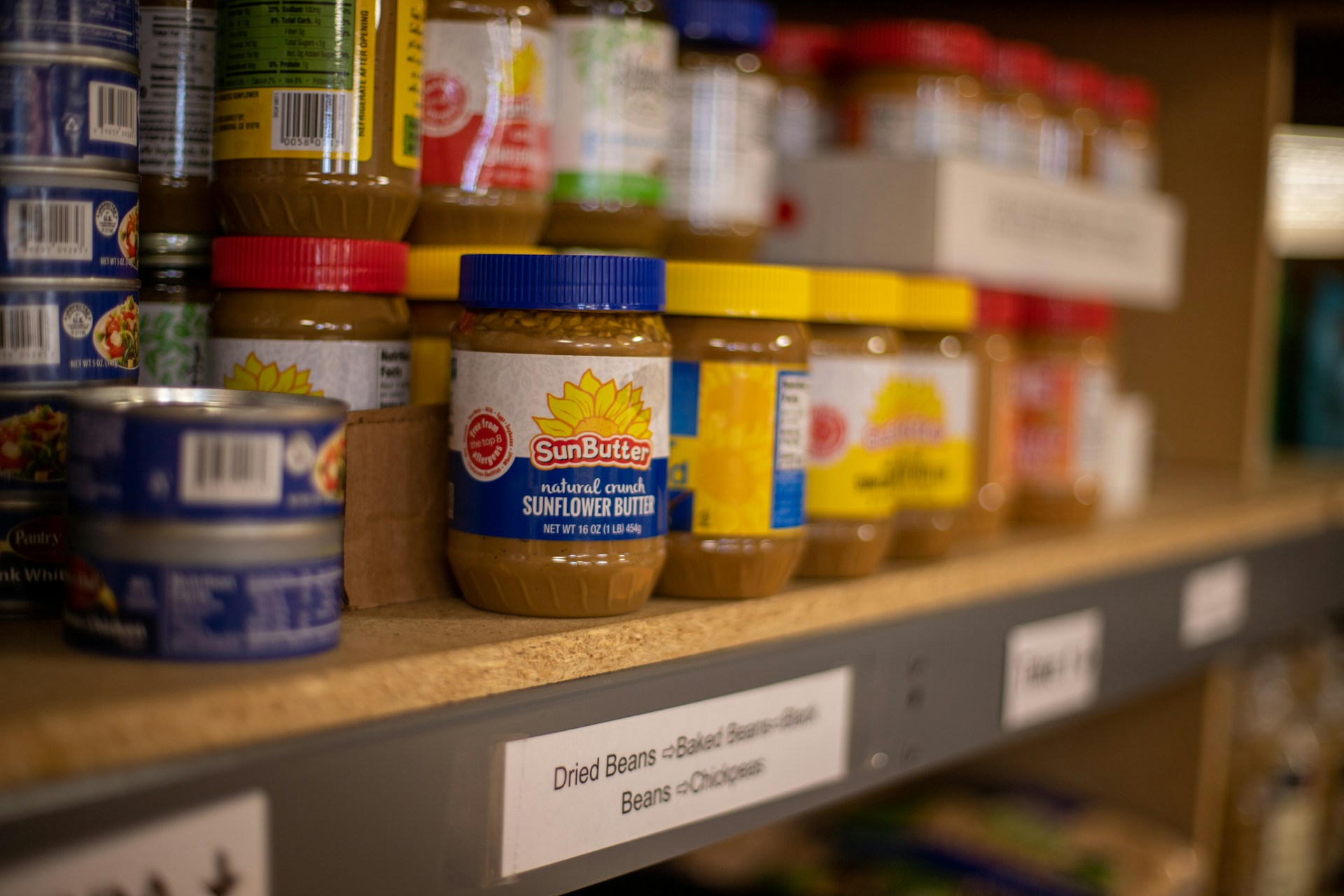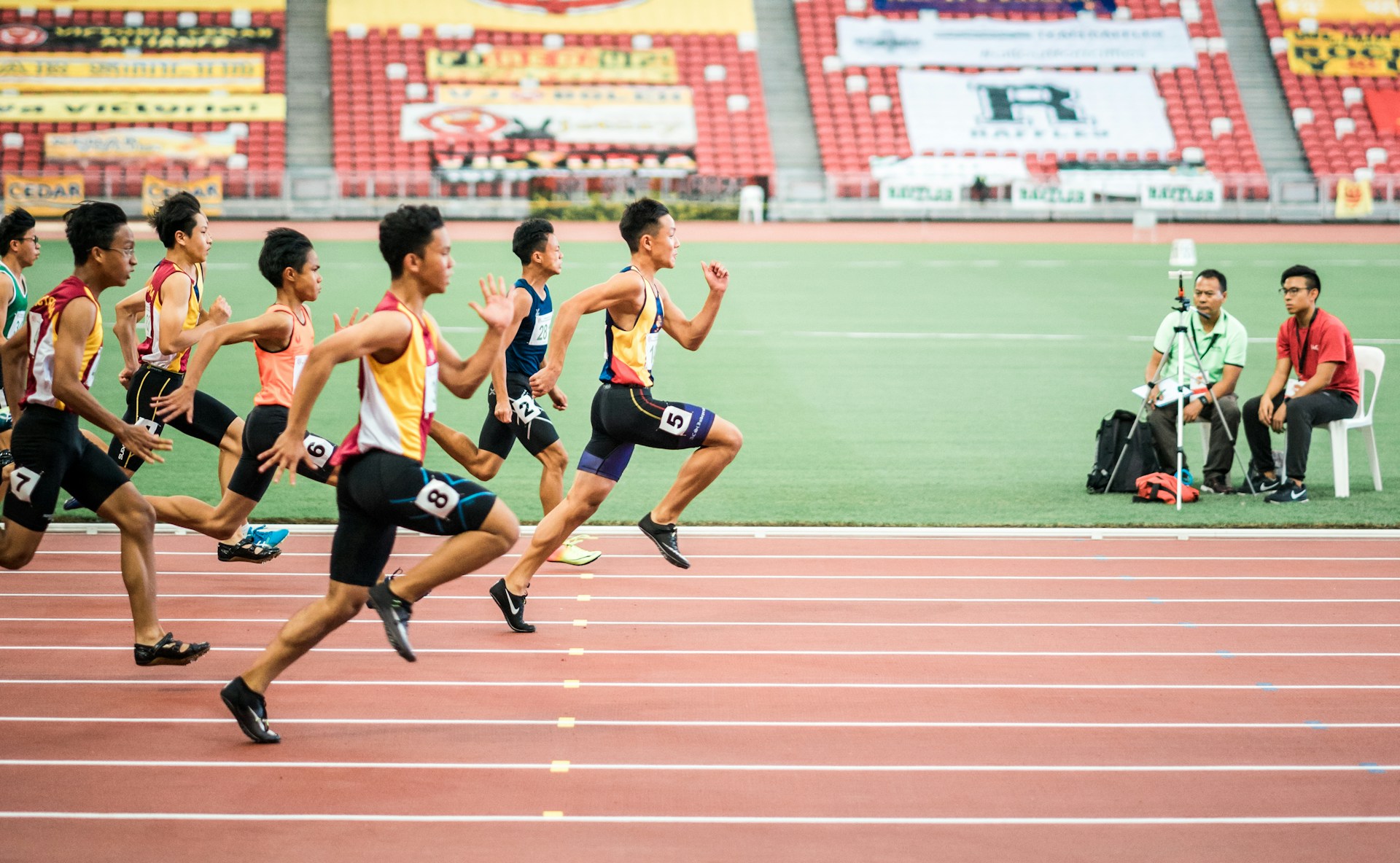Transforming Childhood: Nutrition Interventions in the First 1000 Days of Life to Prevent Stunting and Enhance IQ Children in Trenggalek
Intervensi Gizi Spesifik pada 1000 Hari Pertama Kehidupan oleh Agen Perubahan untuk Mencegah Stunting, Meningkatkan Perkembangan dan IQ Anak di Kabupaten Trenggalek

Background: The prevalence of stunting in Trenggalek Regency is high, i.e. 38.63%. This problem occurred in ten villages from various sub-districts and affected over 500 children. Various intervention methods have been implemented to address stunting, but the education for midwives and posyandu cadres as agents of change remains relatively uncommon.
Objectives: To assess the impact of specific nutritional interventions carried out by cadres and village midwives on the prevalence of stunting, child development (behavioral, mental, and psychomotor), and Intelligence Quotient (IQ) of children over 24 months in Trenggalek.
Methods: The research used a quasi-experiment design with a pre-test – post-test approach. Specific nutrition interventions were provided to the agents through nutrition education and training based on balanced nutrition guidelines and breastfeeding counseling from the World Health Organization (WHO). Assistance was also provided to pregnant women during their first trimester. The collected data included the growth, development, and IQ of children aged 0-24 months.
Results: The nutrition knowledge of the agent improved after the intervention, with an average score of 63.0±16.2 before the intervention and 76.8±14.7 after. The prevalence of stunting in selected health centers has decreased to 7.5%. This contributes to achieving a low stunting "green" status for the regency.
Conclusions: This study shows that increasing the knowledge of change agents can effectively reduce stunting. Stunting prevention can be achieved through proper maternal and childcare practices, including early initiation of breastfeeding, exclusive breastfeeding, appropriate complementary feeding, and complete immunization.
ASEAN, WFP & UNICEF. ASEAN Food and Nutrition Security Report 2021. vol. 2 (UNICEF, Jakarta, 2022).
Laili, U. & Andriani, R. A. D. Pemberdayaan Masyarakat Dalam Pencegahan Stunting. J. Pengabdi. Masy. IPTEKS 5, 8 (2019). DOI: 10.32528/pengabdian_iptek.v5i1.2154.
Rahayu, A. et al. Buku Ajar: Gizi 1000 Hari Pertama Kehidupan. (CV Mine, Bantul, 2018).
UNICEF. Strategy for improved nutrition of children and women in developing countries. Indian J. Pediatr. 58, 13–24 (1991). DOI: 10.1007/BF02810402.
Hoffman, D. J., Sawaya, A. L., Verreschi, I., Tucker, K. L. & Roberts, S. B. Why are nutritionally stunted children at increased risk of obesity? Studies of metabolic rate and fat oxidation in shantytown children from São Paulo, Brazil. Am. J. Clin. Nutr. 72, 702–707 (2000). DOI: 10.1093/ajcn/72.3.702.
Umeta, M., West, C. E., Verhoef, H., Haidar, J. & Hautvast, J. G. A. J. Factors Associated with Stunting in Infants Aged 5–11 Months in the Dodota-Sire District, Rural Ethiopia. J. Nutr. 133, 1064–1069 (2003). DOI: 10.1093/jn/133.4.1064.
Supariasa, I. D. N., Fajar, I., Khairuddin, K. & Adelina, R. Analyzing Nutritional Factors that Affect Toddler’s Stunting in Malang Regency, Indonesia. Open Access Maced. J. Med. Sci. 11, 59–69 (2023). DOI: 10.3889/oamjms.2023.10199.
UNICEF. UNICEF Indonesia: Ringkasan Kajian Gizi Ibu dan Anak. (2012).
Syari, M., Serudji, J. & Mariati, U. Peran Asupan Zat Gizi Makronutrien Ibu Hamil terhadap Berat Badan Lahir Bayi di Kota Padang. J. Kesehat. Andalas 4, (2015). DOI: 10.25077/jka.v4i3.355.
Ekayanthi, N. W. D. & Suryani, P. Edukasi Gizi pada Ibu Hamil Mencegah Stunting pada Kelas Ibu Hamil. J. Kesehat. 10, 312–319 (2019). DOI: 10.26630/jk.v10i3.1389 .
Tampubolon, D. Kebijakan Intervensi Penanganan Stunting Terintegrasi. J. Kebijak. Publik 11, 25–32 (2020). DOI: http://dx.doi.org/10.31258/jkp.v11i1.7886.
Fink, G., Günther, I. & Hill, K. The effect of water and sanitation on child health: evidence from the demographic and health surveys 1986–2007. Int. J. Epidemiol. 40, 1196–1204 (2011). DOI: 10.1093/ije/dyr102.
Kemenkes. Peraturan Presiden (Perpres) Nomor 42 Tahun 2013 tentang Gerakan Nasional Percepatan Perbaikan Gizi. (2013).
Dinas Kesehatan Kabupaten Trenggalek. Buku Profil Kesehatan Kabupaten Trenggalek. (2018).
Sekretariat Wakil Presiden RI. 100 Kabupaten/Kota Prioritas untuk Intervensi Anak Kerdil (Stunting). (2017).
World Health Organization. Physical Status: The Use and Interpretation of Anthropometry: Report of a WHO Expert Committee. (1995). https://iris.who.int/handle/10665/37003.
Hardinsyah & Briawan, D. Penilaian Dan Perencanaan Konsumsi Pangan. (IPB, Bogor, 1994).
Badan Perencanaan Pembangunan Nasional. Rencana Aksi Nasional Pangan Dan Gizi Tahun 2015–2019. (Kementerian Perencanaan Pembangunan Nasional/Badan Perencanaan Pembangunan Nasional, 2015).
Wati, S. K., Kusyani, A. & Fitriyah, E. T. Pengaruh faktor ibu (pengetahuan ibu, pemberian ASI-eksklusif & MP-ASI) terhadap kejadian stunting pada anak. J. Health Sci. Community 2, 40–52 (2021).
Roesli, U. Mengenal ASI Eksklusif. (Niaga Swadaya, 2000).
Parwati, D. Perbedaan Hasil Tes DDST pada Bayi yang Diberi ASI Eksklusif dan Susu Formula di Wilayah Kerja Puskesmas Binanga Kabupaten Mamuju. ProHealth J. 20, 8–16 (2023). DOI: 10.59802/phj.2023201104 .
Swathma, D., Lestari, H. & Ardiansyah, R. T. Analisis Faktor Risiko BBLR, Panjang Badan Bayi Saat Lahir Dan Riwayat Imunisasi Dasar Terhadap Kejadian StuntingPada Anak Usia 12-36 Bulan Di Wilayah Kerja Puskesmas Kandai Kota Kendari. J. Ilm. Mhs. Kesehat. Masyarkat 1, 7 (2016). DOI: 10.37887/jimkesmas.v1i3.1088.
Administrative Committee on Coordination. Subcommittee on Nutrition. Fourth Report on the World Nutrition Situation: Nutrition throughout the Life Cycle / ACC/SCN in Collaboration with International Food Policy Research Institute (IFPRI). vol. 4 (UN, Geneva, 2000).
Wardani, D. W. S. R., Wulandari, M. & Suharmanto, S. Hubungan Faktor Sosial Ekonomi dan Ketahanan Pangan terhadap Kejadian Stunting pada Balita. J. Kesehat. 11, 287–293 (2020). DOI: 10.26630/jk.v11i2.2230.
Usman, S. & Ramdhan, S. Hubungan Faktor Pemberian ASI Eksklusif dengan Kejadian Stunting Pada Anak Balita. J. Ilm. Kesehat. Sandi Husada 10, 285–289 (2021). DOI: 10.35816/jiskh.v10i1.547 .
Amalia, R., Ramadani, A. L. & Muniroh, L. Hubungan Antara Riwayat Pemberian MP-ASI dan Kecukupan Protein dengan Kejadian Stunting pada Balita di Wilayah Kerja Puskesmas Bantaran Kabupaten Probolinggo. Media Gizi Indones. Natl. Nutr. J. 17, 310–9 (2022). DOI: https://doi.org/10.204736/mgi.v17i3.310–319.
Swathma, D., Lestari, H. & Teguh, R. Analisis Faktor Risiko BBLR, Panjang Badan Bayi Saat Lahir dan Riwayat Imunisasi Dasar Terhadap Kejadian Stunting pada Balita Usia 12-36 Bulan di Wilayah Kerja Puskesmas Kandai Kota Kendari Tahun 2016. J. Ilm. Mahasiwa Kesehat. Masy. 1, 1–10 (2016). DOI: 10.37887/jimkesmas.v1i3.1088.
Anhari, E. Pemberian Makanan Untuk Bayi: Dasar-Dasar Fisiologis. (Binarupa Aksara, 2008).
Wachs, T. D., Georgieff, M., Cusick, S. & McEwen, B. S. Issues in the timing of integrated early interventions: contributions from nutrition, neuroscience, and psychological research. Ann. N. Y. Acad. Sci. 1308, 89–106 (2014). DOI: 10.1111/nyas.12314.
Yunita, A., Asra, R. H., Nopitasari, W., Putri, R. H. & Fevria, R. Hubungan Sosial Ekonomi Dengan Kejadian Stunting Pada Balita Socio-Economic Relations with Stunting Incidents in Toddlers. in Prosiding Seminar Nasional Biologi vol. 2 812–819 (2022). DOI: https://doi.org/10.24036/prosemnasbio/vol2/519.
Gunasari, D. Hubungan Stunting dengan Tingkat Kecerdasan Intelektual (Intelligence Quotient-IQ) pada Anak Baru Masuk Sekolah Dasar di Kecamatan Nanggalo Kota Padang. (Universitas Andalas, 2016).
Sholihah, N. F. & Adelina, R. Daya Terima dan Nilai Gizi Formula Pompom Potato Sebagai Pemberian Makanan Tambahan Balita Stunting. Media Gizi Pangan 28, 9–16 (2021).
Widiyana, E. Tiga Daerah di Jatim Ini Sukses Tekan Stunting, Simak Inovasinya. detikjatim https://www.detik.com/jatim/berita/d-5965702/tiga-daerah-di-jatim-ini-sukses-tekan-stunting-simak-inovasinya (2022).
Copyright (c) 2025 Amerta Nutrition

This work is licensed under a Creative Commons Attribution-ShareAlike 4.0 International License.
AMERTA NUTR by Unair is licensed under a Creative Commons Attribution-ShareAlike 4.0 International License.
1. The journal allows the author to hold the copyright of the article without restrictions.
2. The journal allows the author(s) to retain publishing rights without restrictions
3. The legal formal aspect of journal publication accessibility refers to Creative Commons Attribution Share-Alike (CC BY-SA).
4. The Creative Commons Attribution Share-Alike (CC BY-SA) license allows re-distribution and re-use of a licensed work on the conditions that the creator is appropriately credited and that any derivative work is made available under "the same, similar or a compatible license”. Other than the conditions mentioned above, the editorial board is not responsible for copyright violation.






